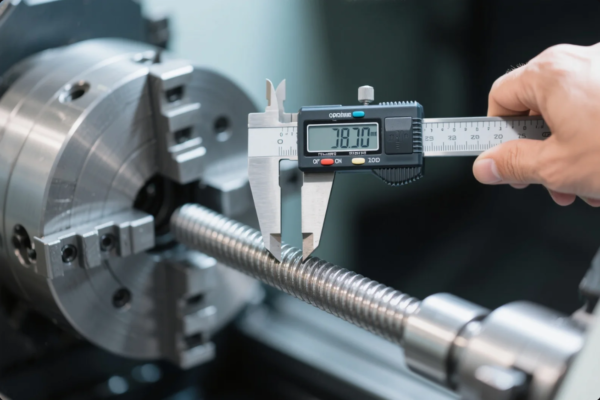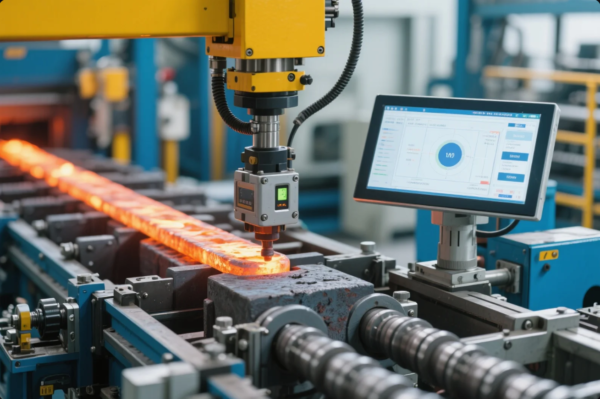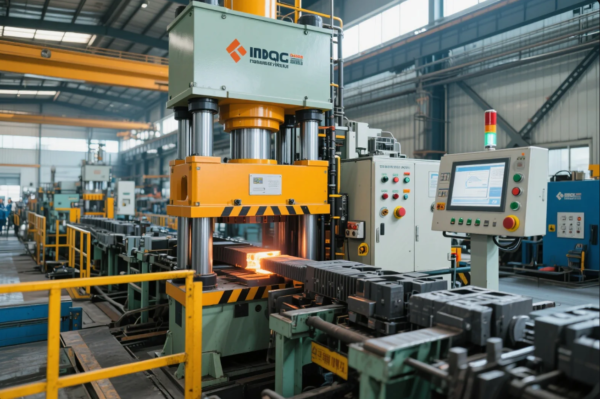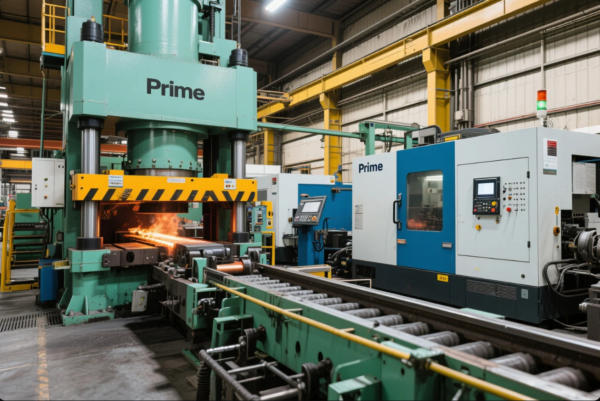The Story Behind a Part: How Does High Quality Get Built?
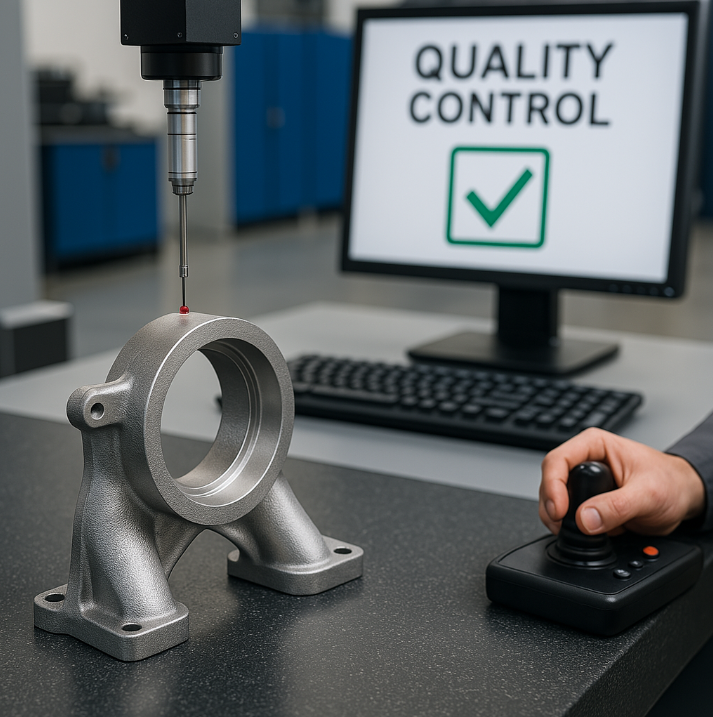
High-quality industrial components don’t just happen—they’re the result of rigorous engineering, disciplined processes, and relentless verification. At Prime, every stainless steel fastener and CNC-machined housing that leaves our factory undergoes 28 documented quality checks—because we know even a 0.1mm deviation can cause catastrophic failures in critical applications.
High-quality parts are achieved through material science expertise, precision-controlled manufacturing, multilayer inspection protocols, and continuous improvement systems (like Six Sigma) - turning raw metal into mission-critical components without compromise.
What looks like simple hardware actually contains years of refinement. Let’s pull back the curtain:
1. Where Does Quality Really Begin?
Quality starts long before production—with material DNA.
**Our selection process:
- Mill certifications (validating alloy composition with mass spectrometry)
- Batch testing (conducting hardness/tensile tests on every material lot)
- Supplier blacklisting (for even one failure to meet RoHS/REACH specs)
Rejected 12 tons of "discount" brass after finding lead contamination in 2022.**

Material Quality Decision Matrix
| Factor | Minimum Standard | Prime's Practice |
|---|---|---|
| Alloy Purity | Industry grade | Aerospace-grade mill sources |
| Traceability | Batch-level | Heat number + melt documentation |
| Certifications | Basic MTRs | Full PPAP packs with COC |
2. How Do Machines and Humans Work Together?
Precision requires both cutting-edge tech and skilled craftsmanship.
Our hybrid approach:
• AI-powered CNC guards (real-time tool wear compensation)
• Veteran toolmakers (20+ years experience hand-tuning feeds/speeds)
• Error-proofing jigs (Poka-Yoke fixtures preventing incorrect assembly)
Achieved ±0.02mm consistency on medical device shafts through this synergy.
3. What Happens During the 28 Checkpoints?
Inspection isn’t a step—it’s woven into every operation.
**Critical control points:
- First-article inspection (3D scanned vs CAD models)
- In-process gauging (automated air-pressure testing every 50 parts)
- Final audit (48-hour salt spray testing for corrosion resistance)
Caught a die degradation issue mid-run via SPC charts, preventing 5,000 defective parts.**
Quality Gate Process Flow
| Stage | Check Type | Technology Used |
|---|---|---|
| Raw Material | Metallurgical | XRF Spectrometer |
| Machining | Dimensional | CMM + Optical Comparators |
| Surface Treatment | Adhesion | Cross-cut tape testing |
| Packaging | Protection | ISTA 3A Drop Testing |
4. Why Do the Best Factories Embrace Their "Escapes"?
Every defect tells a story—if you’re willing to listen.
Our defect archaeology:
▶ 8D problem-solving (drilling down to root causes, not symptoms)
▶ Customer-return teardowns (destructive analysis on failed samples)
▶ Monthly quality clinics (cross-departmental lessons learned)
Eliminated stamping burrs completely after studying a returned bracket under SEM microscopes.
5. How Does Quality Translate to Real-World Performance?
The proof lives in your application—not our lab reports.
Field performance validation:
✓ Accelerated life testing (simulating 10 years of industrial vibration)
✓ Partner beta programs (installing pre-production samples in client systems)
✓ Warranty analytics (tracking failure rates by part number)
Our elevator guide rails show zero fatigue fractures after 8 years in Dubai’s Burj Khalifa.
Conclusion
True quality isn’t about passing inspections—it’s about building parts that perform when nobody’s watching. At Prime, we engineer components to outlast their intended service life, because we know your reputation rides on every shipment. Looking deeper than surface specs? Let’s show you the difference decades of focus can make.

